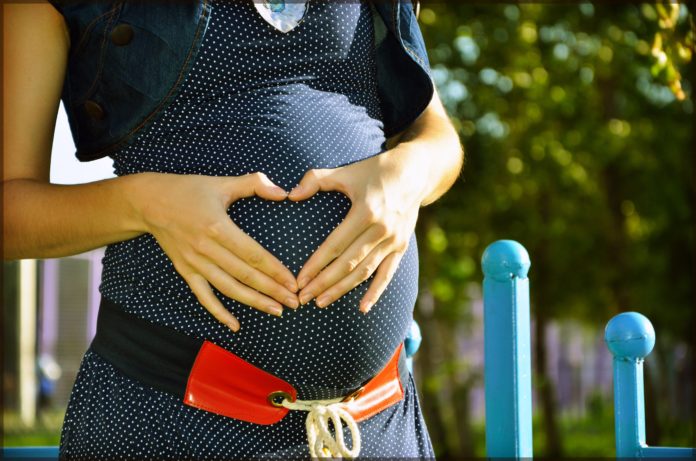A study was conducted across multiple sites in India with 4,368 participants, making it one of the largest studies to date employing IV iron in pregnancy
A single dose of intravenous iron in pregnant women with mild anemia can reduce the incidence of low birth weight infants, a multicentre study in India has found. The latest survey estimates that over half the pregnant women in India are anemic.
The new study published in American Journal of Obstetrics and Gynaecology found that the single shot not only resulted in heavier babies but was also effective in tackling anemia in mothers. It concluded: “First-line treatment of moderate maternal iron deficiency anemia with single dose infusion of IV iron results in a reduced incidence of LBW infants (IV ferric carboxymaltose vs oral) and a higher incidence of attaining maternal NAS without use of additional iron or blood transfusion (IV ferric carboxymaltose and ferric derisomaltose vs oral). Clinical guidelines should address the potential benefit of single dose IV iron as the primary treatment of moderate iron deficiency anemia in pregnancy.” NAS refers to non anemic state and LBW refers to low birth weight.
Anemia during pregnancy is a common occurrence globally too, affecting an estimated 37 percent of pregnant individuals, according to the World Health Organization. Iron deficiency anemia is associated with increased rates of pregnancy-related problems, such as going into labor prematurely, hemorrhaging and, in some cases, even death. For the infant, maternal iron deficiency also can have long-term implications on their overall health and development.
The states with the highest prevalence are Ladakh (78.1%), Bihar (63.1%), Gujarat (62.6%), West Bengal (62.3%), and Odisha (61.8%)
The study was conducted across multiple sites in India and involved a total of 4,368 participants, making it one of the largest studies to date employing IV iron in pregnancy. India was selected because of the prevalence of anemia in the country, according to the study’s lead author, Richard Derman, MD, MPH, vice provost of global affairs and professor of obstetrics and gynecology at Thomas Jefferson University in Philadelphia.
“What’s unique about this study is that we did the iron intervention early in the second trimester. Many other studies comparing IV iron to oral iron are initiated in the third trimester,” says study co-author Rupsa C. Boelig, MD, MS, a maternal-fetal medicine subspecialist and associate professor at Thomas Jefferson University’s Sidney Kimmel Medical College. Boelig also serves as director of the University’s Department of Obstetrics and Gynecology Research Unit and associate director for the Maternal Fetal Medicine Fellowship.
“Iron requirements increase dramatically during pregnancy. An additional 1 gram of iron is required for the developing fetus, and for placental storage. Such requirements increased dramatically during the second and trimester, so it’s much more difficult to catch-up if you’re intervening in the third trimester,” notes Boelig. “Studies have shown that maternal iron deficiency anemia early in pregnancy is most strongly correlated with adverse outcomes, including short-term infant outcomes such as low birthweight and longer-term childhood outcomes, including autism and schizophrenia. So there is a need to intervene earlier and aggressively address anemia.
The study is significant for India because according to the National Family Health Survey 5, 52.2% of pregnant women in the country between the ages of 15 and 49 years are anemic. The states with the highest prevalence are Ladakh (78.1%), Bihar (63.1%), Gujarat (62.6%), West Bengal (62.3%), and Odisha (61.8%).
This study was funded by the Children’s Investment Fund Foundation (CIFF).


